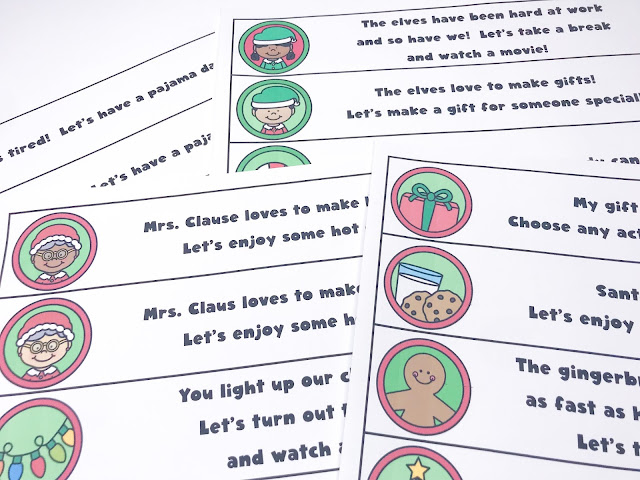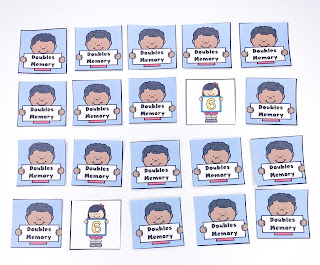You can help your first graders begin to develop the algebraic skill of the Commutative Property of Addition. This understanding is an important building block and will serve them well as they continue to grow as mathematicians. The Commutative Property of Addition states that no matter what order we add numbers, their sum will remain the same. This concept is often referred to as "flip-flop" or "turn-around" facts for first graders and is the first step in understanding fact families. I do think it is important that we begin introducing the proper math terminology to our first graders, but it is fun to use these terms as well, and they make sense to the kids.

Links are a fun way to begin teaching this concept! Students can build a problem with two colors of links. Then, they can "hook" the matching addition problem to the link. Now, they flip the link over and can see the related "commutative" problem and add the matching card. You could even have kids write and hole punch index cards for this activity.
Dice are always a hit with kids! They especially love these dice within a dice. Students can roll and record the two commutative facts for the dice. Don't have these dice- no problem...regular dice work great as well, just use two.
Cubes are always great for hands-on math activities. Students can build, color, and write the commutative facts. They can really see how the problems are "turned-around", but not changed in any other way.
Ten frames work great for a variety of manipulatives; cubes, counters, erasers, just about anything you can think of. Dot markers and colored stickers also work great on ten-frames! Students can "spin" the ten-frame and see the commutative fact.
Similar to the dice activity, dominoes also work great! They are easy to flip-around to see the new fact. You can also have the kids draw the dominoes they used.
Don't forget about center time! All of the above activities can be placed in centers for continued practice. Clip-cards, puzzles, and memory also make great centers!
You can find these activities (and more!) in my
Commutative Property of Addition: Hands on Activities on TPT.


















































